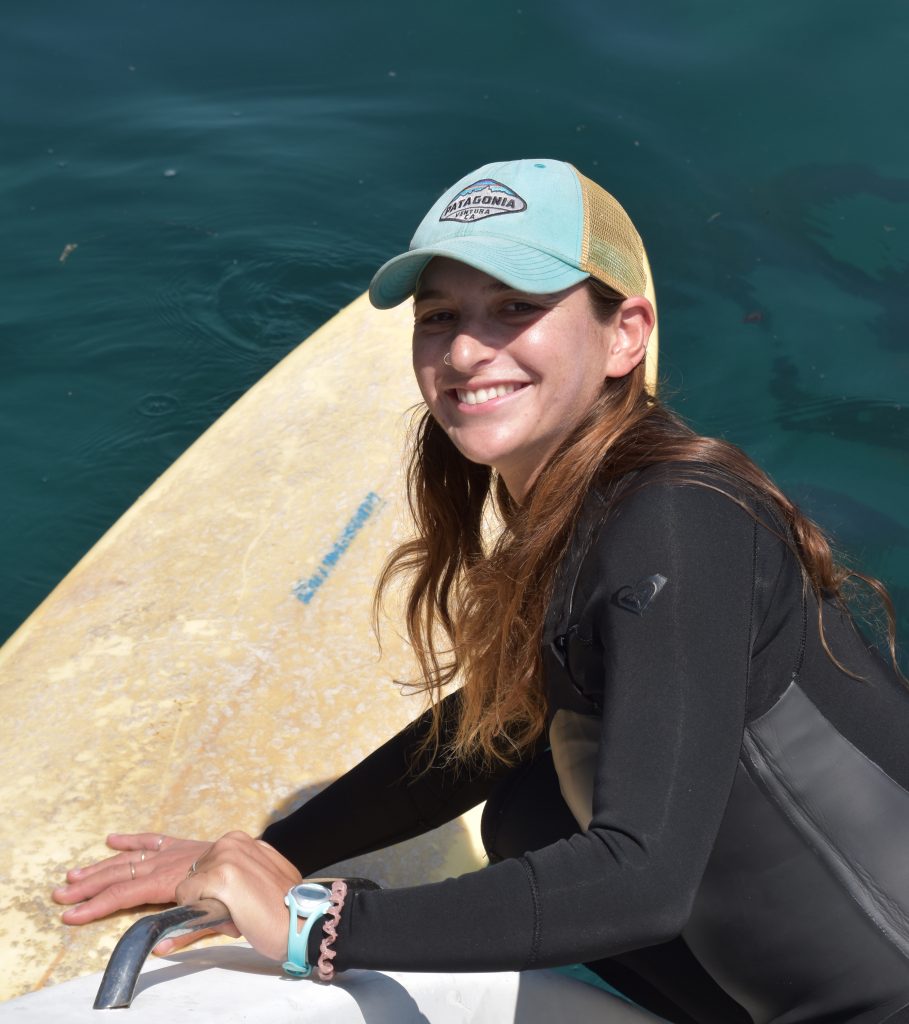 By Sophie Bernstein, MLML Ichthyology Lab
By Sophie Bernstein, MLML Ichthyology Lab
When I moved to the Monterey Bay area for graduate school, I found myself most excited to be immersed in a new ecosystem. I couldn’t wait to learn about what the Monterey Bay was known for: the kelp forest. But I never considered the marine life I could see from shore until my scientific diving course, when we would spend several hours a day loading and unloading boats near Moss Landing Harbor. I felt like a little kid in an ice cream store, excited by all the resident sea lions perched on the dock and nearby boats! Needless to say, as an East-coaster, I was in awe. Meanwhile, the Californians who surrounded me did not look twice. Whereas I thought these sea lions were outrageously cute, and had never seen something like this in the wild, my peers simply rolled their eyes at the barking and obnoxious smell coming from the large animals.
Soon enough, I came to realize that California sea lions are a commonly observed, charismatic marine mammal found along the entire California coast. They are top predators in the local ecosystem, and spend extensive amounts of time at sea foraging on a variety of prey items. Common food for these sea lions include anchovies, sardines, squid, and salmon. When not actively feeding, sea lions may be found on shore breeding in groups called rookeries. A single breeding site can be home to several hundred breeding individuals, with one large male dominating the pack! Because they are such large predators who spend time on coastal shores, they are highly visible to the public.

Rookeries are not the only location where sea lions are seen in large numbers onshore. Every few years, sea lions strand in high numbers along the coast. This is particularly noticeable to the public, because when stranded, they displaying incredibly abnormal behavior, such as excessive head weaving, seizures, or even unusually large mortality events. Unfortunately, mass sea lion strandings usually indicate a larger problem occurring in the marine system: harmful algal blooms.
Red tide events, which cause coastal waters to appear red and make the headlines in California newspapers, are one type of harmful algal bloom visible by the naked eye. Another type of bloom that is not necessarily visible in the water itself causes mass sea lion stranding events along the California coast. These blooms are caused by a different type of algae known as Pseudo-nitzschia, and are capable of producing a harmful neurotoxin called domoic acid (DA). Similar to a canary in a coal mine, California sea lion stranding events are often the first indicator of a domoic acid outbreak.
The most recent DA events were in 2015-2016 and 1998 and both coincided with unusually warm oceanographic conditions. These warm oceanographic conditions are characterized by a decreased supply of cold, nutrient rich water (scientifically known as ‘upwelling’), resulting in water that is comparatively warmer and depleted in nutrients. The changes in upwelling alter how the larger ecosystem functions, by changing the distribution and amount of prey available. Major DA events occur rather infrequently because they require a specific combination of environmental conditions, but when they occur, they are visible to the public. Similar to other threats to marine ecosystems, these stranding events are tied to climate change. The frequency of DA events and marine mortality events may increase as climate change pressures alter upwelling patterns, creating environments prone to toxic outbreaks.
But if sea lions are top predators in California waters, how and why would a tiny algae cell impact them? While we don’t know yet for sure, scientists think sea lions are impacted by domoic acid through the food web. The Monterey Bay ecosystem is amazingly rich. It is home to thousands of fish and invertebrate species, all of which are connected to each other through predator-prey dynamics. For example, a sea lion may eat a squid, which eats smaller invertebrates and phytoplankton. Through this chain, sea lions and the phytoplankton come in contact.
Scientists recognize that sea lions are exposed to DA through these food chain connections. Sea lions are opportunistic feeders who consume a variety of prey items, including anchovies. Anchovies feed directly on algae and other phytoplankton. Since anchovies are important prey items for predators throughout California, the sea lions who consume them might be directly exposed to DA.
Yes, we’re talking about the same anchovy that may be sitting on your pizza! Anchovies are one of the largest fisheries in central California that contribute > 13 million pounds to commercial fisheries. This creates another question: Does DA threaten seafood consumers? Indeed, humans can be exposed to DA through the same food web connections that make sea lions vulnerable.
An important remaining question is: where are sea lions foraging when they’re exposed to DA? Scientists at The Marine Mammal Center have been researching related topics based on the stranded animals they respond to. Researchers have found that DA toxicity in sea lions can result from ingesting prey items which have accumulated DA, but where were these prey items consumed? And what is the relationship between ocean warming events, climate change, and DA outbreaks? With a better understanding of where prey items accumulate DA, monitoring agencies can more adequately test high risk regions, and increase the chances of detecting a toxic event early on rather than waiting for another biological indicator, such as mass sea lion stranding and mortality events.
To learn more about how The Marine Mammal Center is researching and helping during DA stranding events, check out this article.



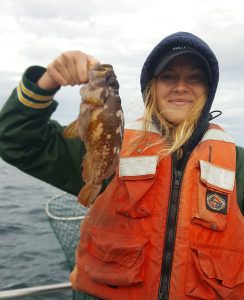
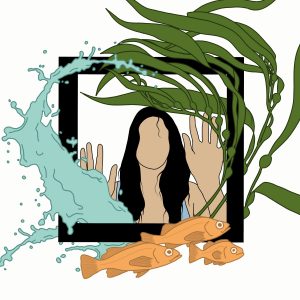 Over the past 6 years or so, breaking out of high school biology and into the world of scientific research, is when I realized that creativity and science are not mutually exclusive. They are in fact very closely linked and it might be my creative side that has made me into the scientist that I am today. Like scientists, artists conceptualize and put together ideas in a new way. But instead of observation, facts and data, they use color, shapes, texture, etc.
Over the past 6 years or so, breaking out of high school biology and into the world of scientific research, is when I realized that creativity and science are not mutually exclusive. They are in fact very closely linked and it might be my creative side that has made me into the scientist that I am today. Like scientists, artists conceptualize and put together ideas in a new way. But instead of observation, facts and data, they use color, shapes, texture, etc.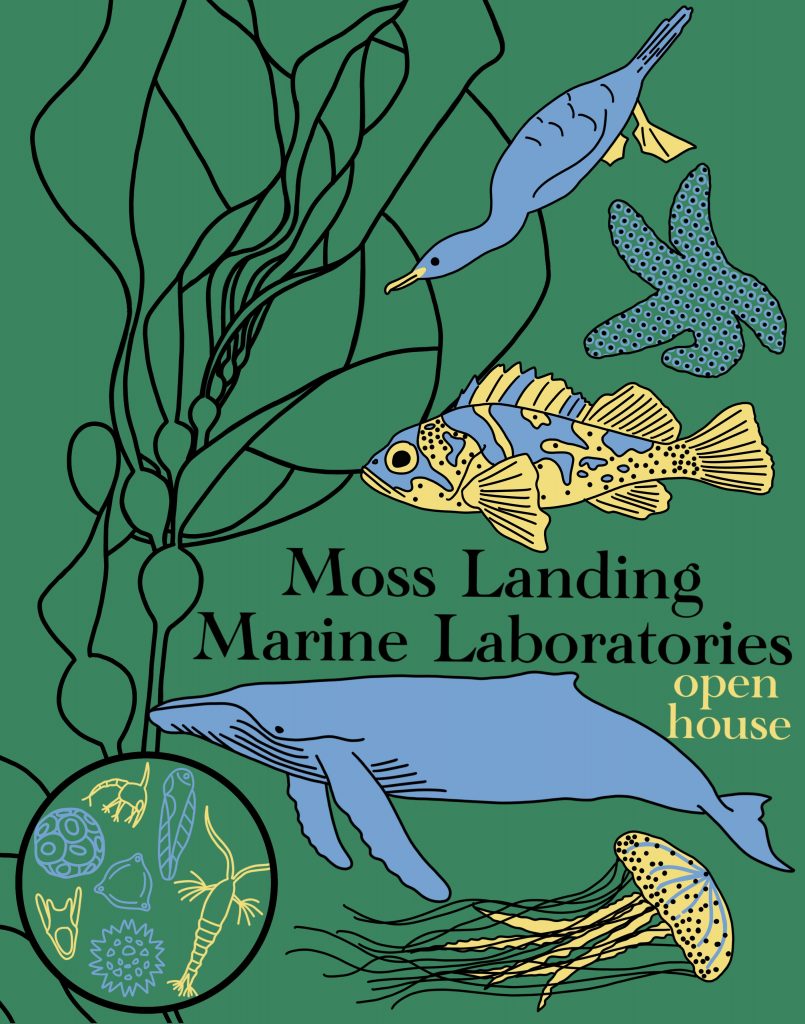
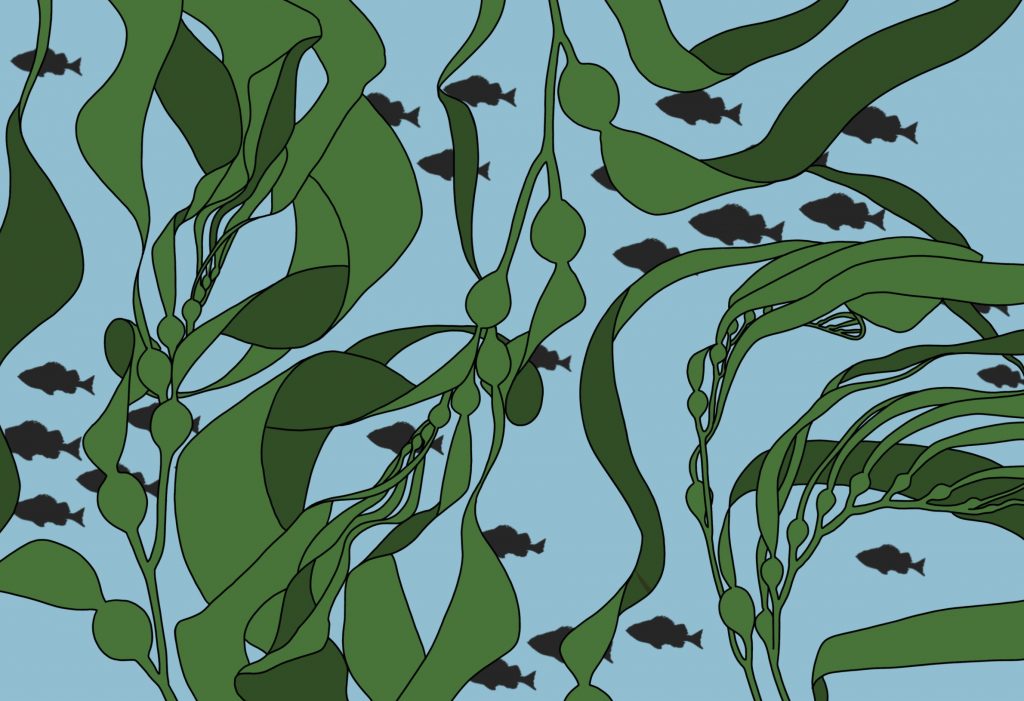
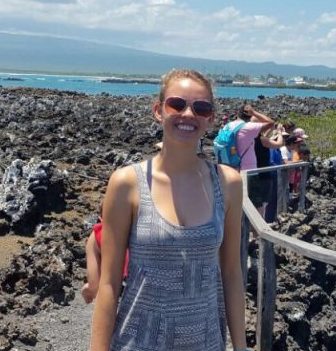 By
By